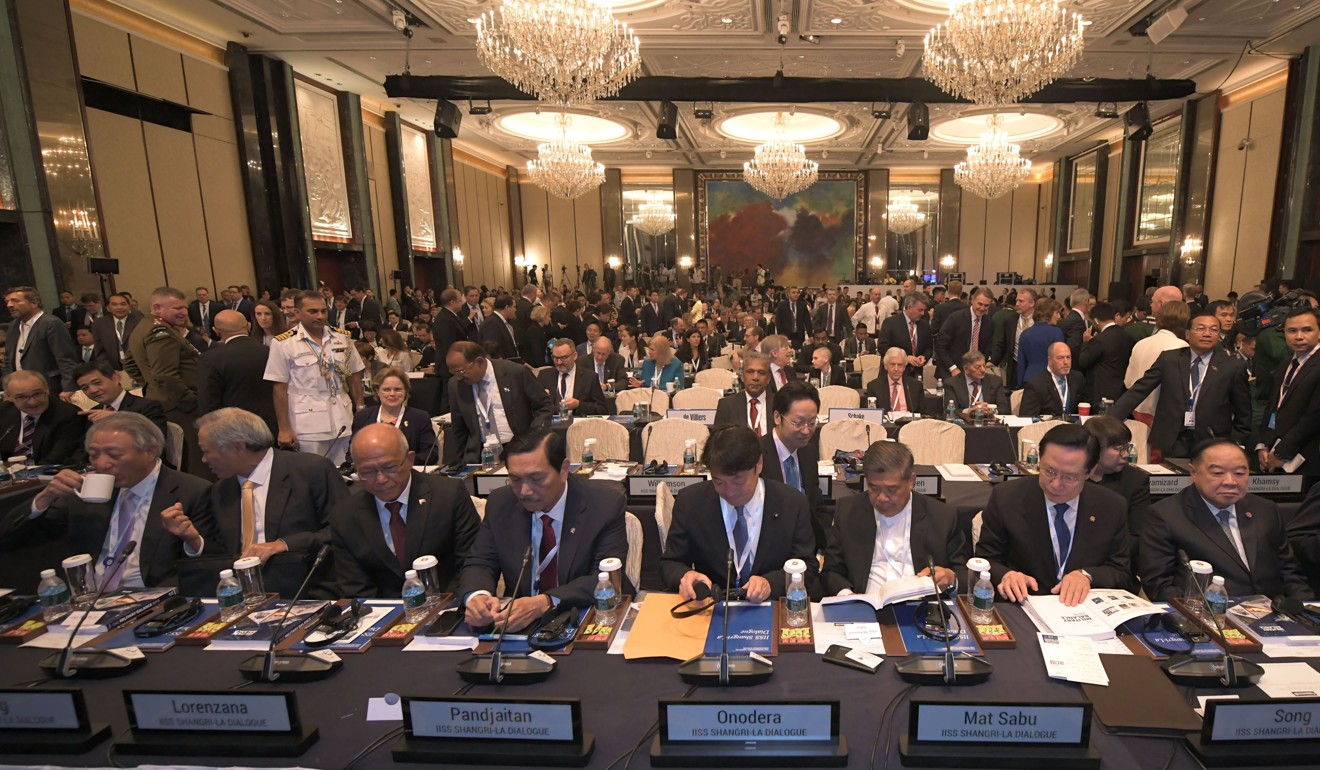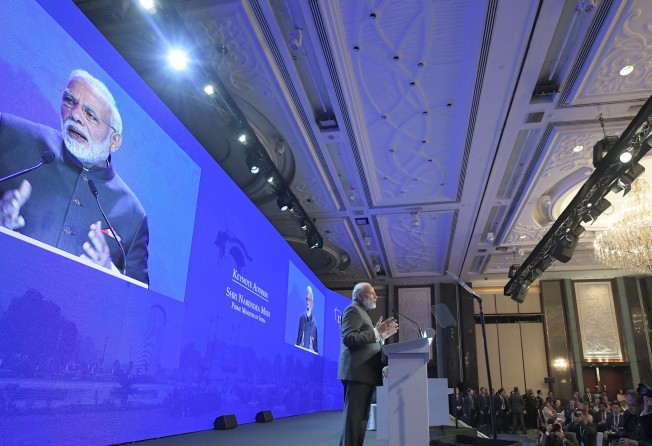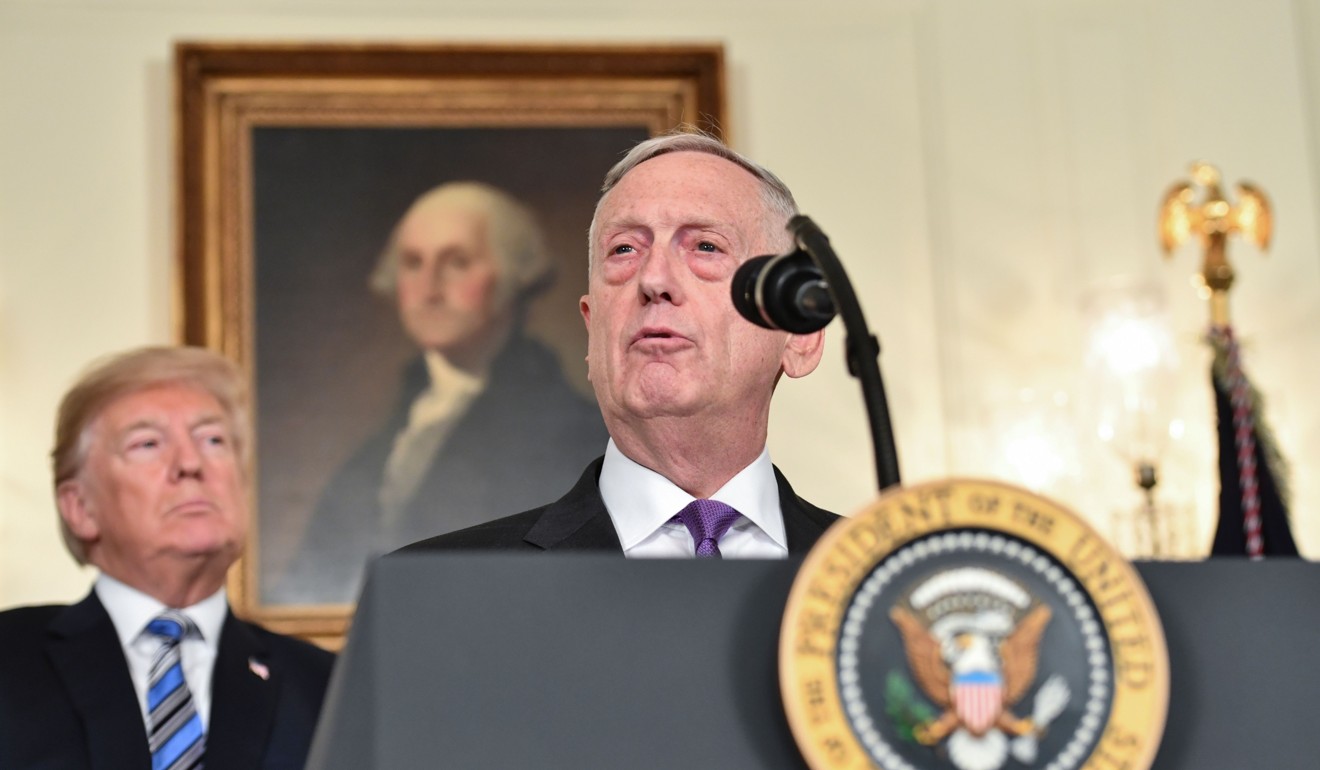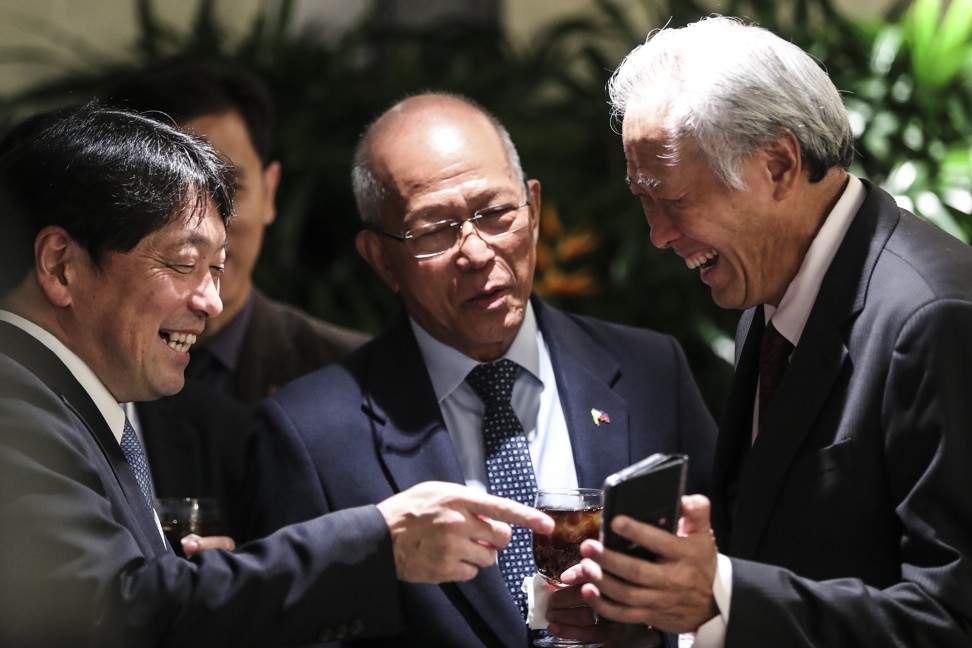
The Shangri-La Dialogue takeaway: China’s rapid rise is redefining the Asian order like never before
The main narratives for the evolution of the Indo-Pacific theatre have their respective strengths and pitfalls, Richard Heydarian writes

The contest for the soul of the Indo-Pacific theatre gained renewed momentum during the latest edition of the Shangri-La Dialogue in Singapore, where major powers put forward conflicting narratives of an ideal regional security architecture.
No less than Indian Prime Minister Narendra Modi kicked off the annual event, which brought together defence officials and policy experts from across the world, with a composed and confident keynote address. His speech, both measured and comprehensive, marked the emergence of India as a new pole of power in the world’s most dynamic region.
After centuries of strategic stagnation and insularity, we are finally witnessing the emergence of India as the other major rising power in the East. Throughout his speech, the Indian leader touted his country’s deep civilisational contributions to, as well as linkages with, South and East Asia, booming economic relations in more recent times, and burgeoning defence cooperation with powers both small and big across the vast continent.

Modi presented India as a global pivot state crucial to the maintenance of a “free and open” order. At the heart of his message was the ineluctable emergence of a post-American order, where a coalition of middle powers, rather than China, undergirded the Indo-Pacific security architecture.
Yet, Modi’s geopolitical vision, which seeks to transcend a “great power rivalry”, is just one of three central narratives on how the Indo-Pacific age will and should eventually look. And each carries its own strengths and pitfalls.
The first conception is best exemplified by the ideas of prominent American defence officials such as the former chief of the United States Navy Pacific Command (now renamed the Indo-Pacific Command), Admiral Harry Harries.
A staunch advocate of a muscular version of the Quadrilateral Alliance, better known as the Quad, Harris has advocated for a US-led coalition of powers, along with Japan, Australia and India, to check Chinese maritime ambitions in the East and South China Seas.
Harris’ vision of the Quad has been embraced by Donald Trump’s administration, which has sought to solicit India’s help in hemming in China in both the Pacific and Indian oceans. As the incoming ambassador to South Korea, Harris is likely to continue to play a crucial role in shaping US policy in Asia.
Both in its national security strategy and national defence strategy, the Trump administration has openly embraced a 21st century cold war against China in East Asia and Russia in Eurasia. China has been presented as the biggest threat to American interests, as well as to the status quo in Asia.
In his highly anticipated speech at the Shangri-La Dialogue, US Defence Secretary James Mattis echoed this confrontational us-versus-them position by zeroing in on America’s role as the ultimate balancer against China’s growing influence and maritime footprint in East Asia.
He promised to step up the US Navy’s ongoing efforts to challenge China’s militarisation and reclamation activities in the South China Sea. He defended America’s “freedom of navigation” operations as part of an effort to preserve “freedom of navigation for all nations”, thus accusing Beijing of threatening access and stability in a global sea line of communication.
Confronting or excluding China from this new strategic paradigm is both unhelpful and impractical, considering Beijing’s centrality to the global economy and expanding military prowess.
In contrast, Modi’s Indo-Pacific vision doesn’t view China as a monolithic threat to the status quo, while it remains critical of America’s trade protectionism. It views China as a combination of threats and opportunities, which will have to be dealt with on a case-to-case basis rather than in Manichean-existential terms.
With the help of like-minded middle powers, namely the Association of Southeast Asian Nations, South Korea, Australia and Japan, Modi hopes to preserve a “free and open” regional security architecture, even in the absence of American hegemony in the future.
Both India and the US, however, agree on the need to embrace an Indo-Pacific conception of the regional security architecture to, in the words of Australian national security strategist Rory Medcalf, “dilute China’s profile” and its “impact in a larger ocean, in a wider regional context”.
The third conception of the Indo-Pacific is advocated by Indonesia, the perennial “non-aligned” power at the heart of Asean. As former Indonesian foreign minister Marty Natalegawa put it, the “Indo-Pacific framework has always informed and motivated Indonesian foreign policy”.
In Jakarta’s view, Asean should remain at the heart of the conceptualisation, preservation and evolution of the Indo-Pacific theatre. And it is the regional body’s values that should continue to guide the interaction among major powers.

Indonesian Foreign Minister Retno Marsudi recently unveiled Jakarta’s own version of the Indo-Pacific concept, which advocated an “open, transparent and inclusive” order that promoted “the habit of dialogue, promoting cooperation and friendship, and upholding international law”.
Crucially, confronting or excluding China from this new strategic paradigm is both unhelpful and impractical, considering Beijing’s growing centrality to the global economy as well as its rapidly expanding military prowess. It is far from clear which vision will ultimately prevail.
What is clear is that China’s rapid rise is redefining Asian order like never before in modern times.
Richard Heydarian is a Manila-based academic and author
